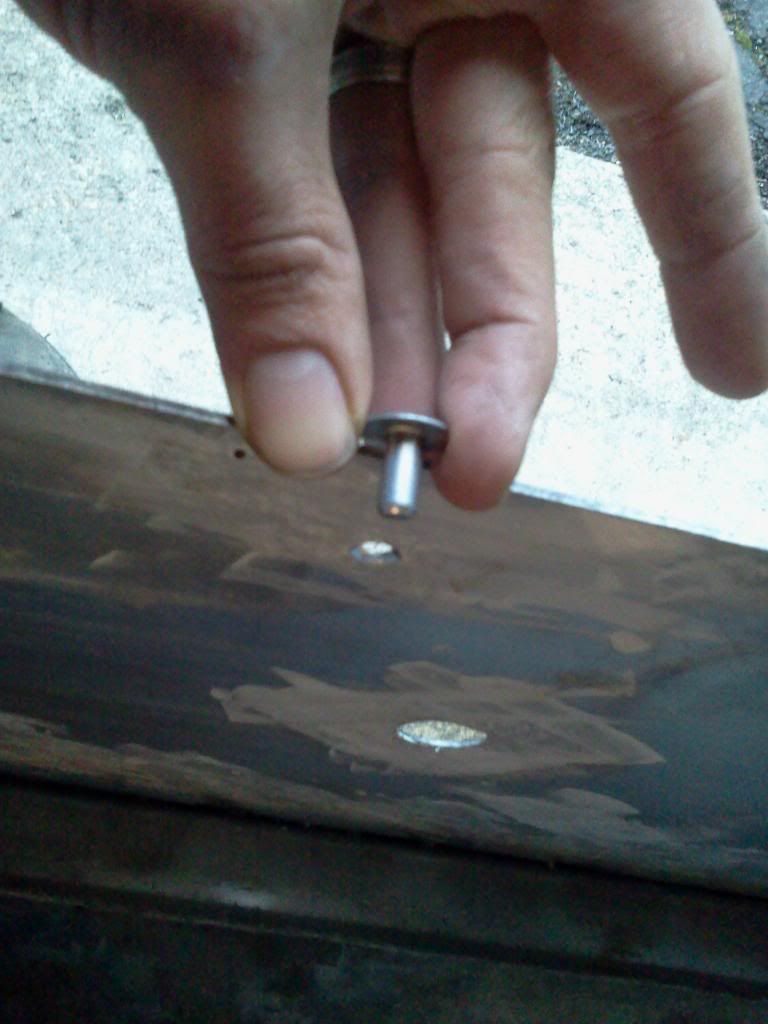Fishmaster13184
Cadet
- Joined
- Feb 11, 2016
- Messages
- 11
Hi I'm in the process of replacing my transom on a 1981 221 islander and over the last 35 years a lot of stuff has been attached to the boat that I don't want to reinstall. Some things were a swim deck 2 different fish finder transducers and more. I was thinking of putting a short screw in every hole the back it out and fill with 3m 5200 then reinstall the screw only. I've got a ton of time and money into this and really want it done right





















